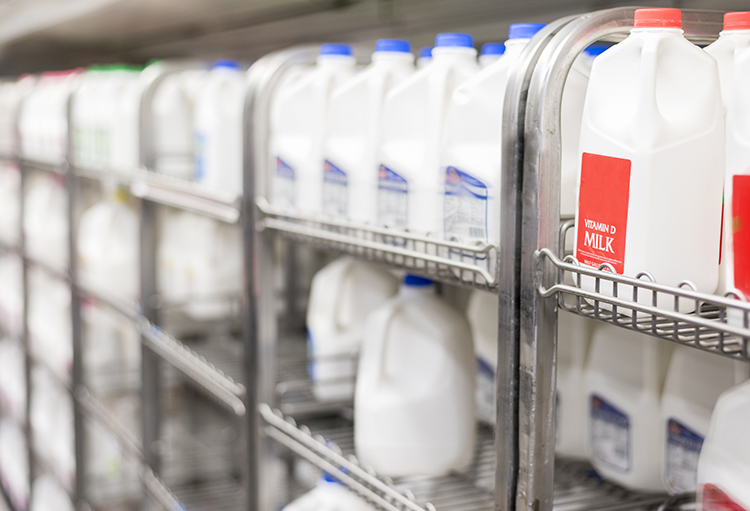
Dumped milk was just one clear picture of the food supply chain failures that occurred last spring as the onset of the COVID-19 pandemic rocked product demand and altered production lines. Now, USDA has announced a commitment of more than $4 billion designed to strengthen and transform critical parts of the U.S. food system so it is more resilient against such shocks.
The pandemic exposed a food system that was “rigid, consolidated, and fragile,” said Secretary Tom Vilsack. Through a combination of grants, loans, and other financing methods, the department will invest in improved processing capacity, food distribution, and market opportunities, as well ensuring growers and workers receive a greater share of the food dollar.
Funding will be directed toward four main priorities:
• Food production — Grants, direct assistance, training, and technical assistance for current and future generations of food producers and workers.
• Food processing — Investments to support new and expanded regional processing capacity. The plan identifies the shortage of small meat processing facilities as an area of focus.
• Food distribution and aggregation — Investments in local and regional food system infrastructure that be flexible and responsive to change.
• Markets and consumers — New and expanded market access for a variety of growers.
Secretary Vilsack was also named co-chair of a new cross-departmental Supply Chain Disruptions Task Force. The group will propose solutions to alleviate bottlenecks in four major industries, including agriculture and food.
While the specifics of the plan and its effects on dairy processing remain to be seen, it’s clear that the production system can be improved. And with this commitment’s focus on meat processing capacity, dairy farmers selling cull cows and bull calves would likely benefit from more sale options.








